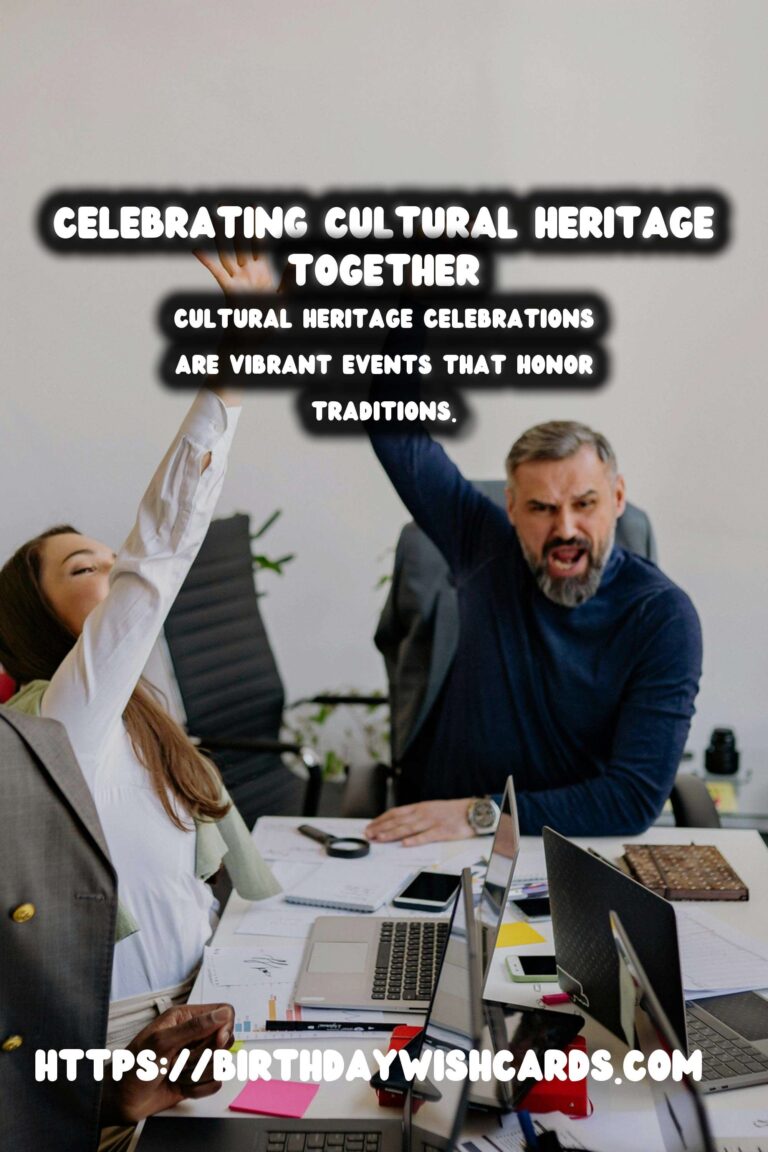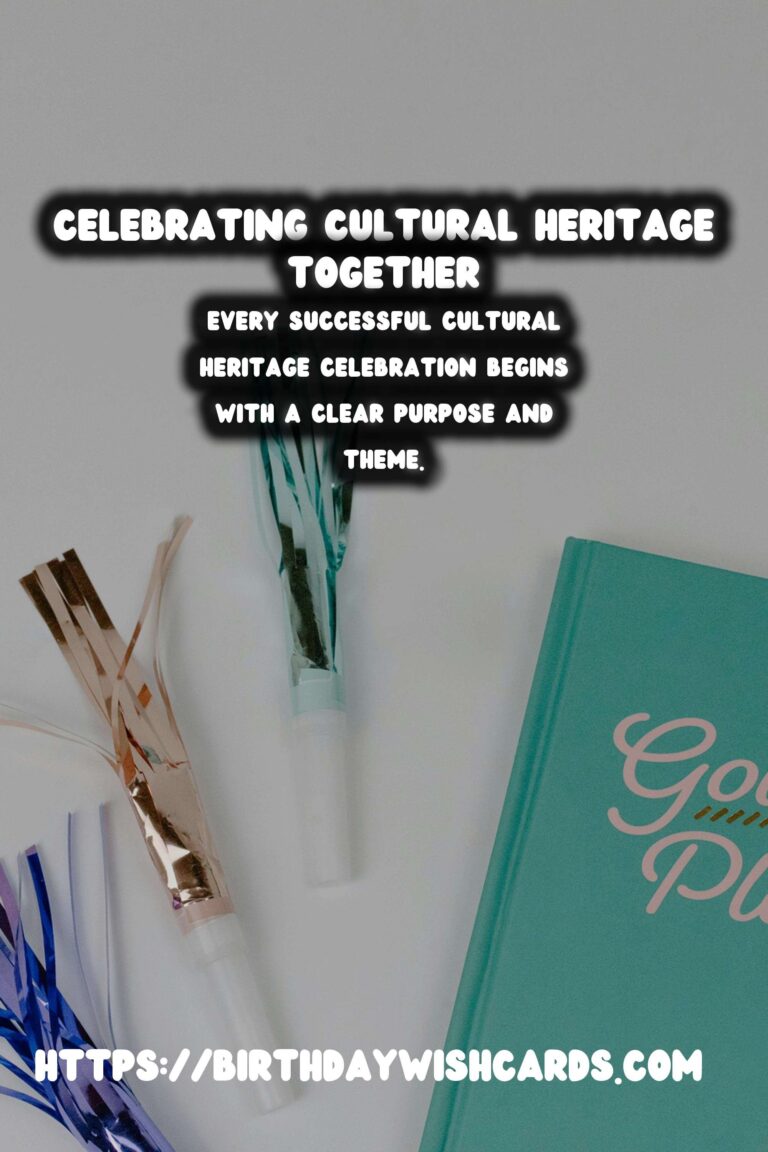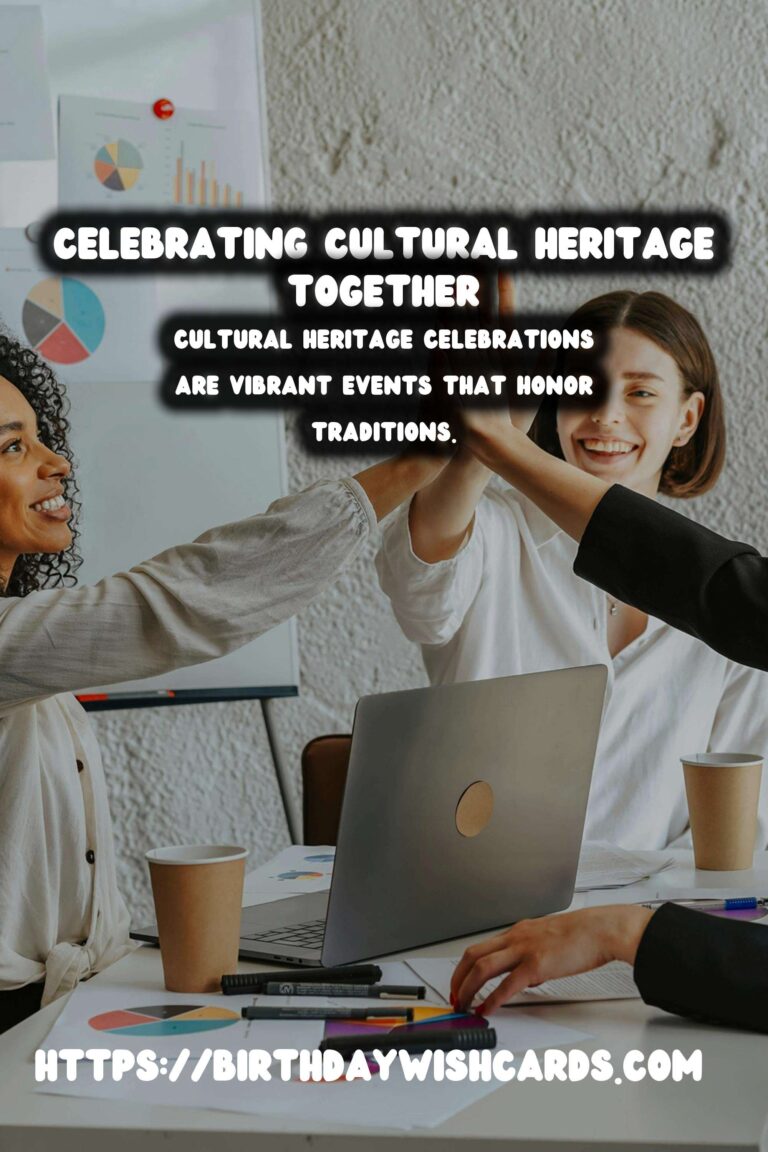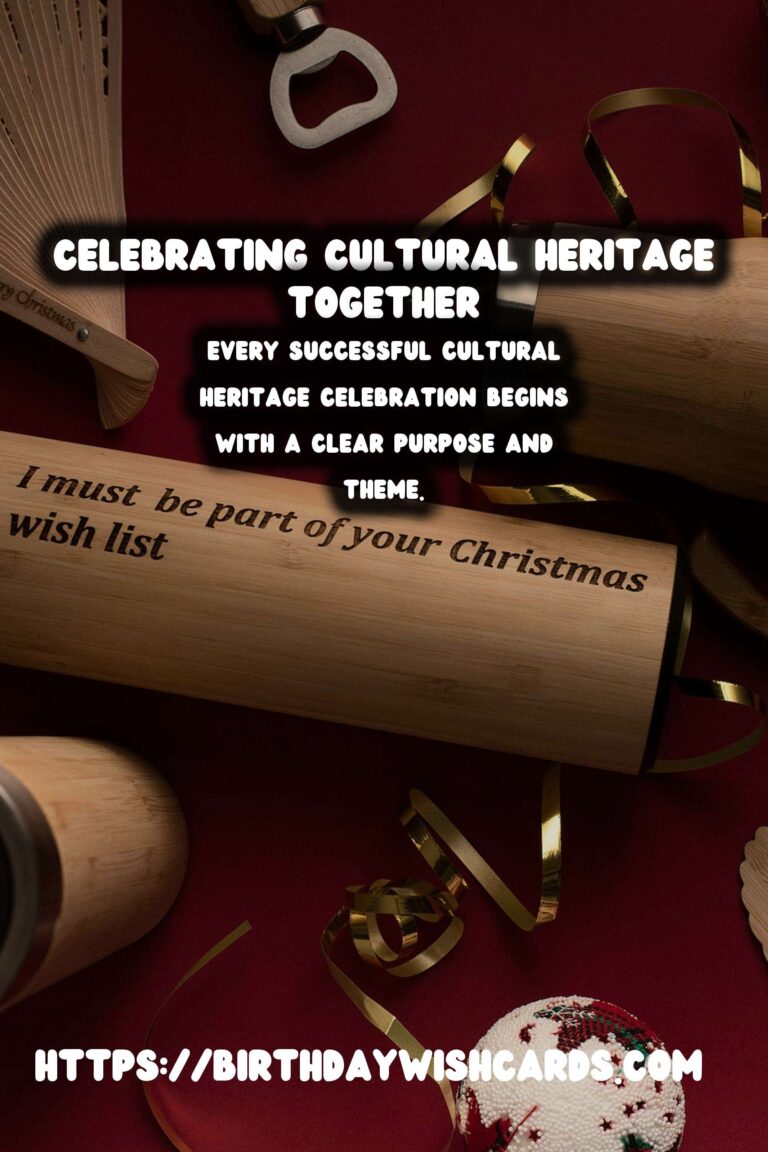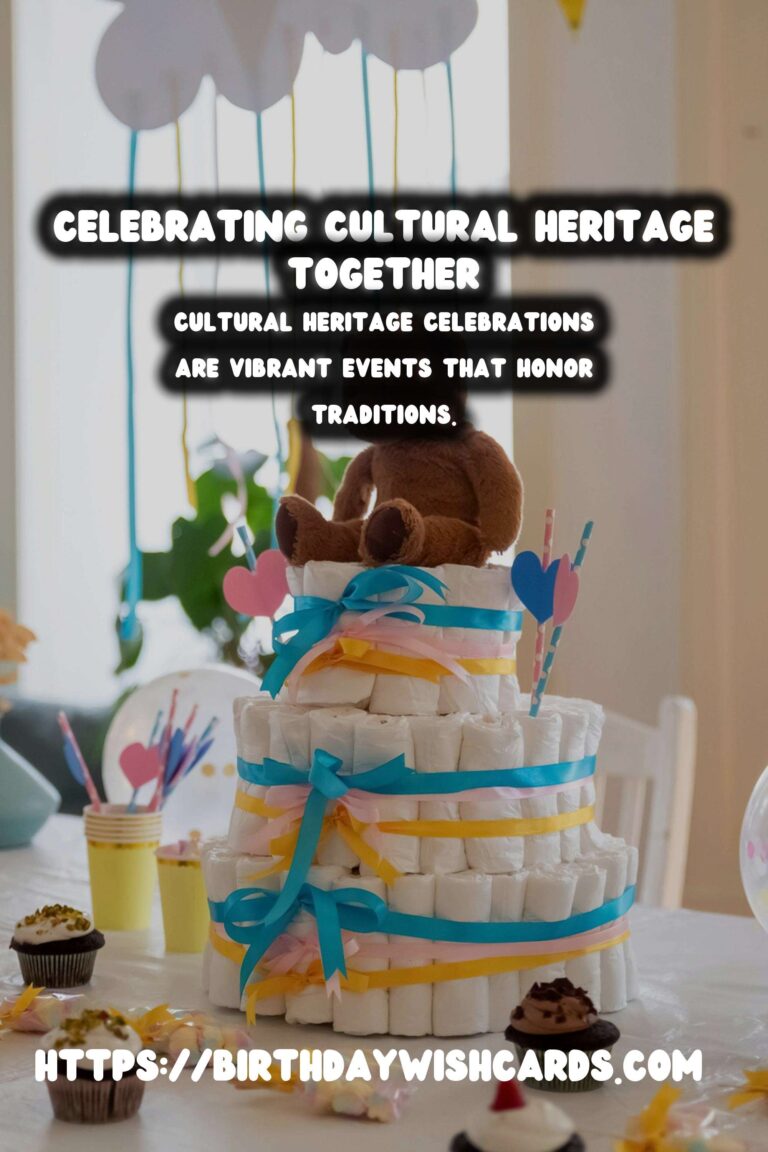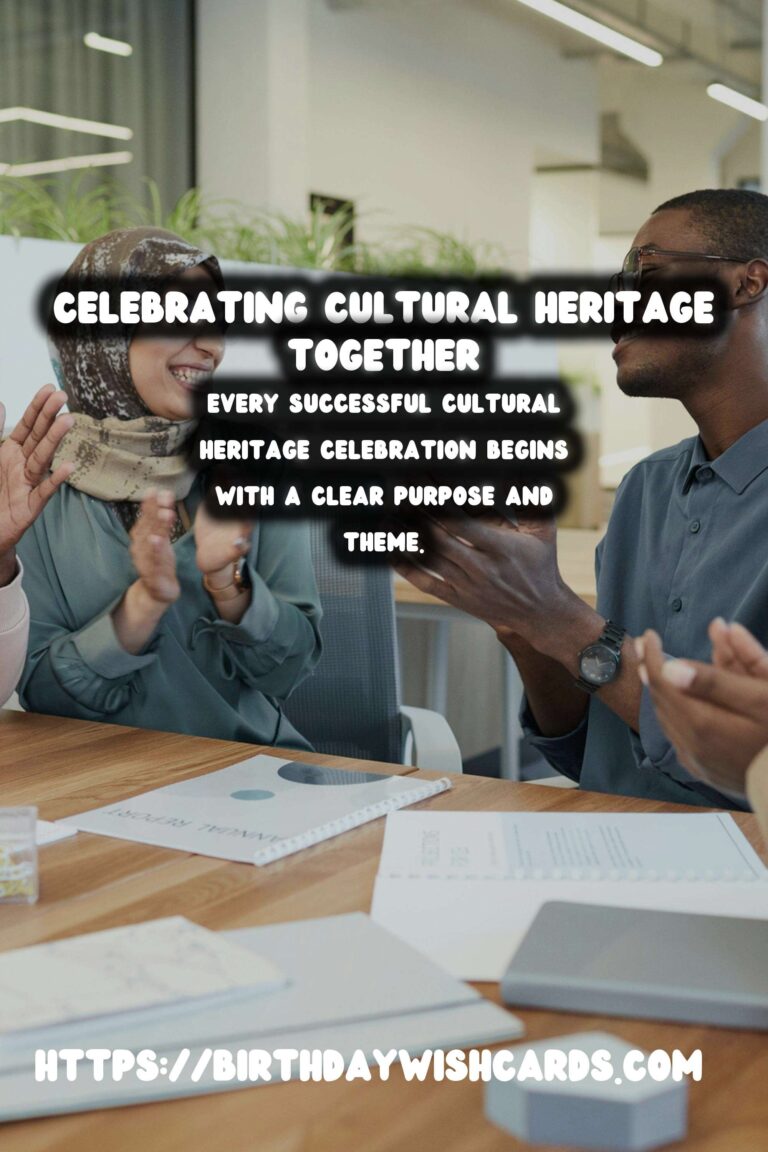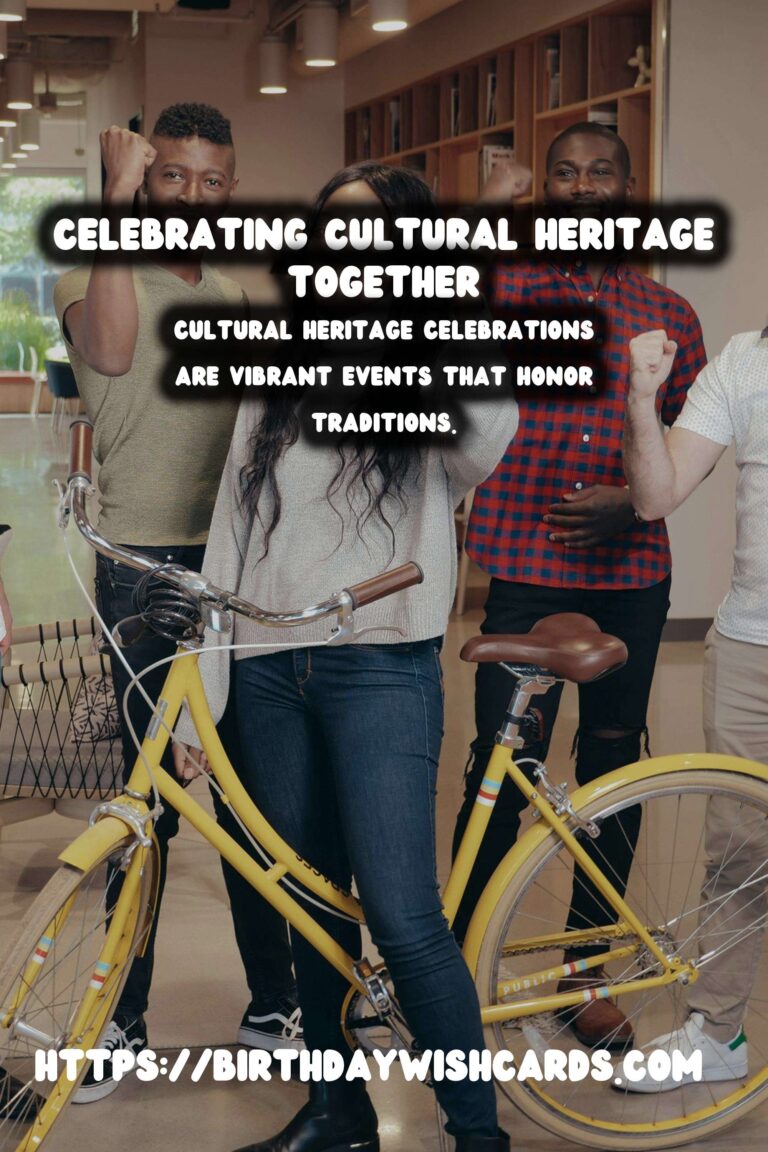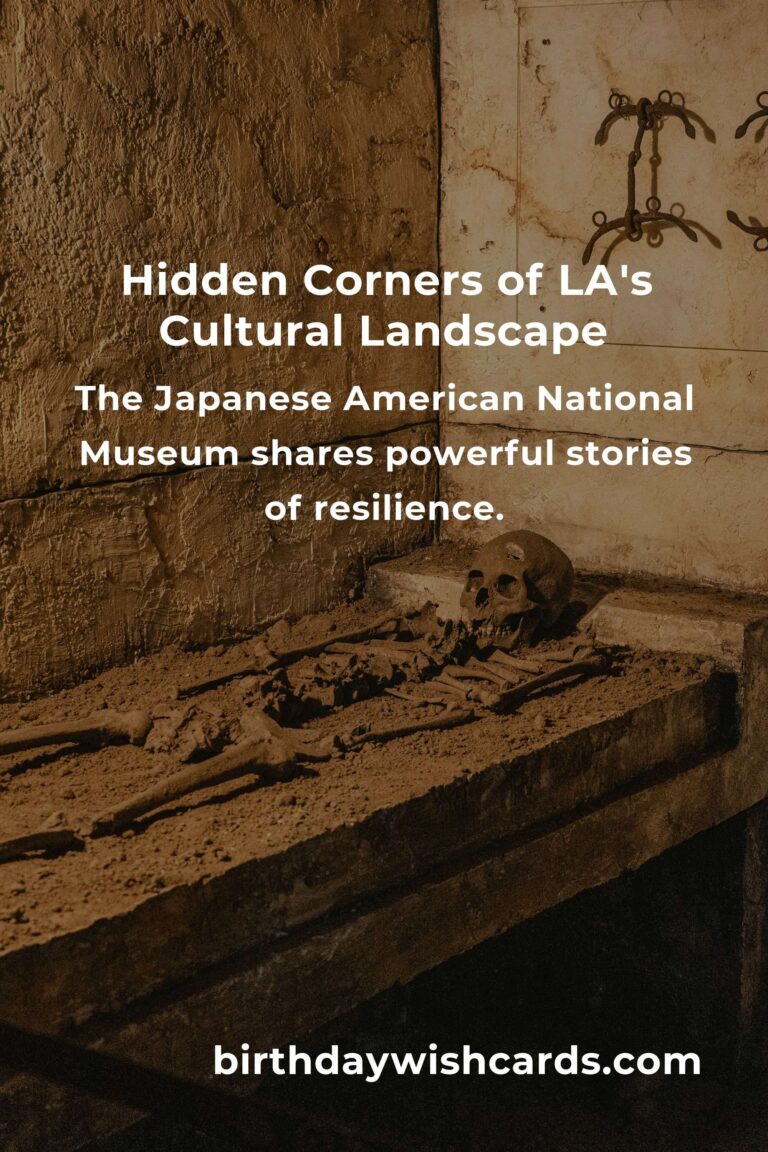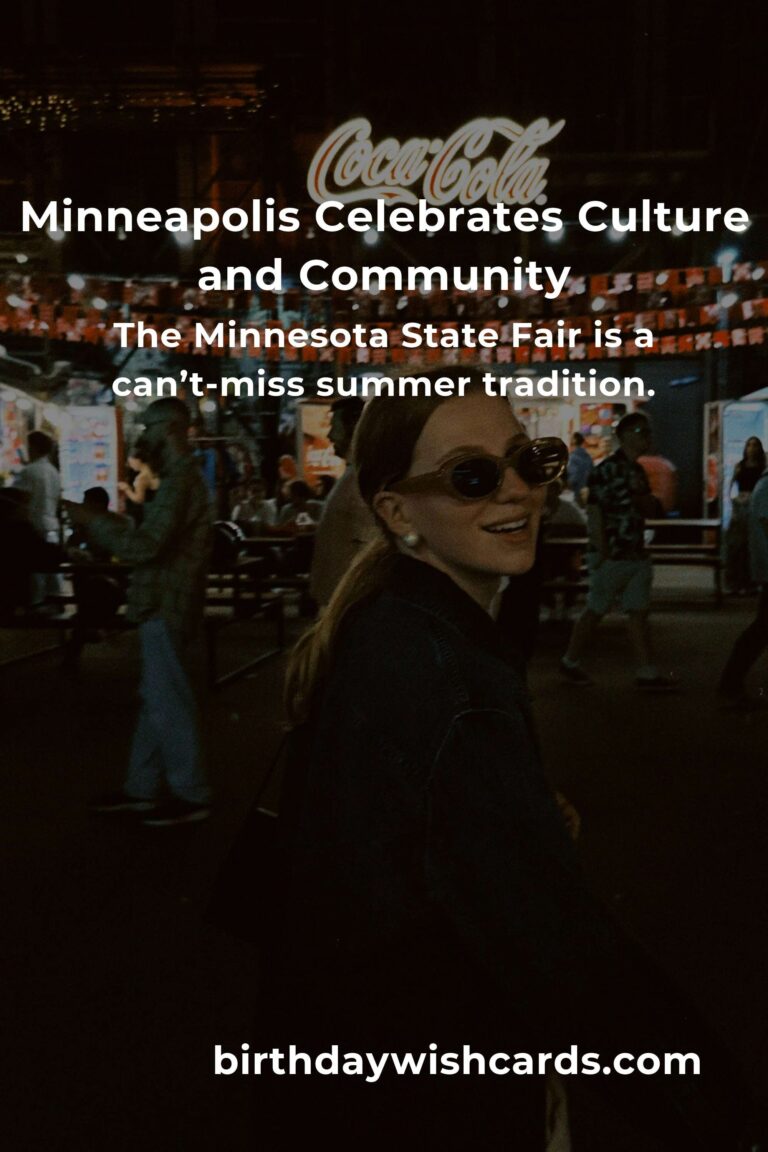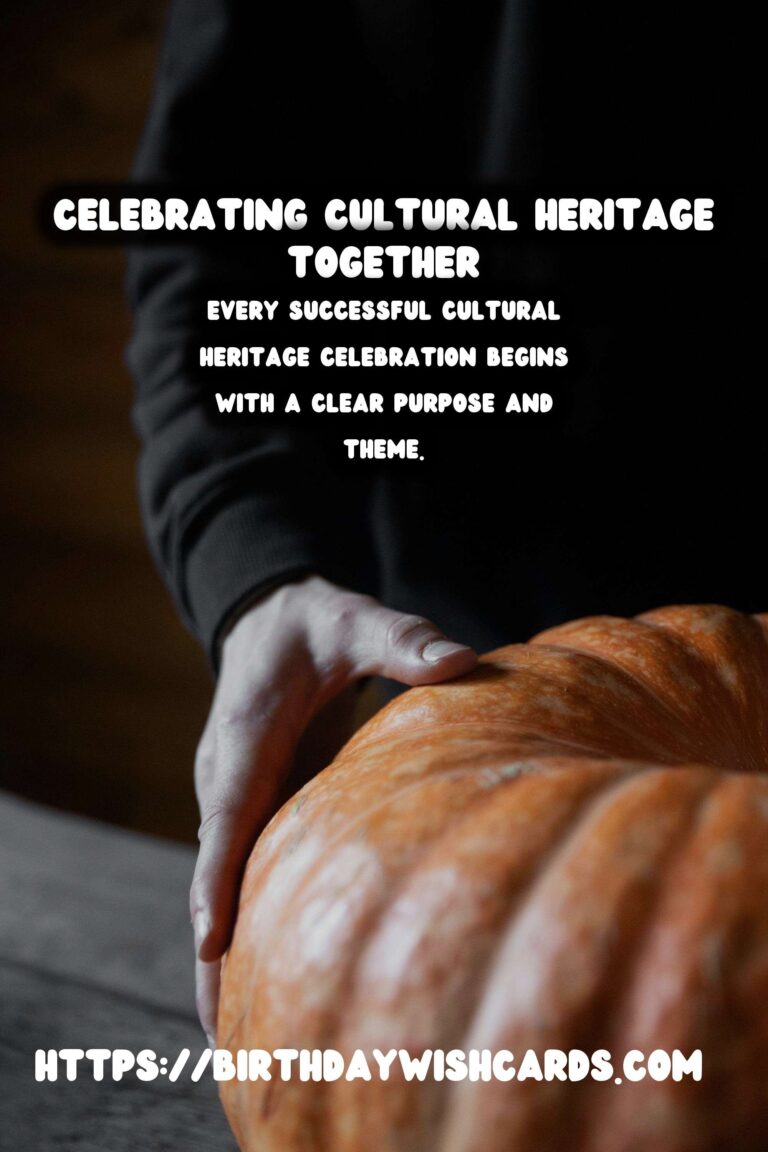
Cultural heritage celebrations are vibrant events that honor traditions, history, and the unique characteristics of various communities. Designing an engaging and memorable celebration requires thoughtful planning and creativity. Here are some inspirational ways to create a cultural heritage celebration that resonates with participants.
Understanding Cultural Heritage
Before diving into design tips, it’s crucial to understand what cultural heritage means. Cultural heritage encompasses the traditions, languages, customs, art, and history that shape a community’s identity. Recognizing the significance of these elements will guide your celebration planning.
1. Setting a Purpose and Theme
Every successful cultural heritage celebration begins with a clear purpose and theme. Consider what aspect of your culture you want to highlight—be it music, food, art, or historical events. Choose a theme that reflects the essence of your culture and resonates with your target audience.
2. Involve the Community
Engaging community members in the planning process can lead to a richer and more authentic celebration. Set up meetings or workshops where individuals can share their ideas and suggestions. This collaborative approach fosters a sense of ownership and pride among participants.
3. Curate Authentic Experiences
Visitors attending your cultural heritage celebration seek genuine experiences. Curate opportunities that allow attendees to interact with artisans, storytellers, and performers who embody the cultural traditions being celebrated. Workshops, demonstrations, and storytelling sessions can offer valuable insights and hands-on learning experiences.
4. Celebrate Local Artists and Artisans
Highlight local artists and artisans by providing them with a platform to showcase their work. This can include art exhibitions, craft fairs, and live demonstrations of traditional skills. Their involvement not only enriches the celebration but also strengthens community ties.
5. Incorporate Interactive Elements
Interactive elements enhance engagement and create lasting memories. Consider including:
- Cooking classes: Teach attendees to prepare traditional dishes.
- Dance workshops: Offer lessons in traditional dance styles.
- Language sessions: Provide basic language lessons or storytelling in native languages.
6. Use Technology to Connect
Incorporate technology to enhance the cultural experience. Use social media platforms to create buzz leading up to the event. Live-stream performances or create virtual tours of cultural sites for remote attendees. This approach broadens accessibility and engagement.
7. Create a Festive Atmosphere
Setting the right atmosphere is vital for any celebration. Use decorations, colors, and traditional motifs that reflect the culture you’re presenting. Consider using:
- Banners with traditional patterns
- Decorative lighting
- Soundscapes with cultural music
8. Promote Traditional Cuisine
Food plays a central role in cultural heritage celebrations. Showcase authentic dishes and beverages that represent the culture. Create food stalls or pop-up restaurants featuring local chefs. Including cooking demonstrations can also add an interactive element.
9. Honoring Elders and Historians
Invite community elders or historians to share stories and insights about the culture. Their wisdom and experiences can provide a deeper understanding of the heritage being celebrated. This can be done through panels, storytelling sessions, or other interactive formats.
10. Eco-friendly Practices
Incorporate eco-friendly practices into your event planning. Use sustainable materials for decorations, offer recycling stations, and encourage attendees to use reusable containers. Promoting an eco-conscious celebration can resonate well with modern audiences.
11. Documenting the Celebration
Capture the essence of the event through photography and videography. This documentation can serve as a public archive of the cultural heritage celebration, allowing future generations to appreciate and learn from it.
12. Gathering Feedback
After the celebration, collect feedback from participants to understand what worked and what can be improved. This practice will help inform planning for future events and ensures that the celebration continues to evolve.
Conclusion
Designing a cultural heritage celebration is an opportunity to showcase the rich tapestry of tradition, art, and community. By following these inspirational tips, you can create an event that not only honors cultural heritage but also fosters unity and appreciation among attendees.
Cultural heritage celebrations are vibrant events that honor traditions. Every successful cultural heritage celebration begins with a clear purpose and theme. 
